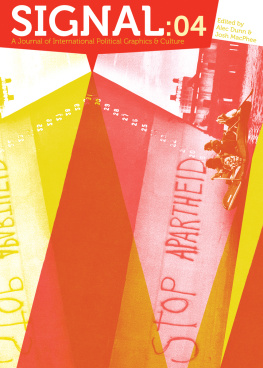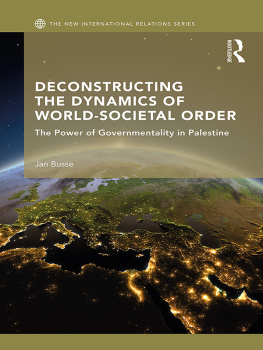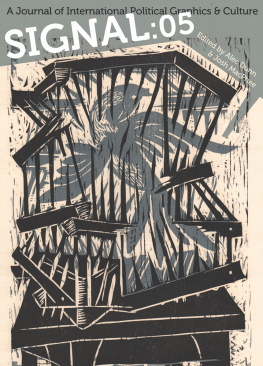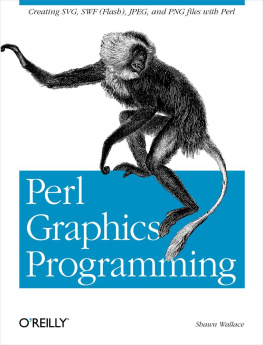
SIGNAL :04
Signal:04 edited by Alec Dunn & Josh MacPhee
2015 PM Press
Individual copyright retained by the respective writers, artists, and designers.
ISBN: 978-1-62963-106-6
LCCN: 2015930876
PM Press, PO Box 23912, Oakland, CA 94623
www.pmpress.org
www.s1gnal.org
Design: Alec Dunn & Josh MacPhee/ AntumbraDesign.org
Cover photograph: One of two Peace Navy boats supporting an ILWU picket of the Nedlloyd Kembla, a Dutch freighter carrying South African cargo (photo by Mary Golden). Frontispiece: outside photo from Jurez, Mexico, 2012; inset graphic by Kamel al-Mughanni from Palestinian Affairs issue 215216, 1991. Background image on this spread is a photograph of Shannon Muege printing at Punchclock in Toronto. Image on following page spread from Palestinian Affairs issue 15, 1972. Back cover main image adapted from Shafi q Radwans cover for Palestinian Affairs issue 115, 1981.
Printed in the United States.
Thanks to everyone who worked on this issue, and as always, their patience with the tardiness of the editors. Special thanks to the Palestine Poster Project, Book Thug Nation, Aaron Elliot for lending some Three Continents Press books, and everyone at PM Press for their continuing support of this project.

Rochelle Davis and Emma Murphy take a look at Palestinian Affairs, one of the PLOs major publications
Lincoln Cushing discusses the Bay Area Peace Navys large-scale visual interventions
Tennessee Watson documents a project made in response to the femicide in Jurez
Jared Davidson cracks open New Zealands Kotare Trust Poster Archive
Michael McCanne teases out the early years of West Germanys militant counter-culture
Josh MacPhee interviews Max Karl Winkler, book cover designer for Three Continents Press
Ryan Hayes traces the history of Torontos Punchclock Print Collective
SIGNAL
is an idea in motion.
The production of art and culture does not happen in a vacuum; it is not a neutral process. We dont ask the question of whether art should be instrumentalized toward political goals; the economic and social conditions we exist under attempt to marshal all material culture toward the maintenance of the way things are. Yet we also know that cultural production can also challenge capitalism, statecraft, patriarchy, and all the systems used to produce disparity. With Signal, we aspire to understand the complex ways that socially engaged cultural production affects us, our communities, our struggles, and our globe.

We welcome the submission of writing and visual cultural production for future issues. We are particularly interested in looking at the intersection of art and politics internationally, and assessments of how this intersection has functioned at various historical and geographical moments.
Signal can be reached at:

n.4/Sept. 1971
Imaging Palestine
The Artwork of Palestinian Affairs
Rochelle Davis and Emma Murphy
T he work of Palestinian artists appears in the homes and offices of every Palestinian, hung in framed reproductions on walls, reworked into school projects, and placed on the covers of Palestinian magazines, journals, and books. In most contexts fine art is the realm of the elite, but in the 1960s and 1970s, Palestinian artists joined the emerging Palestinian liberation movements and inserted the rich vocabulary of images they were part of developing into the struggle for Palestinian independence and self-determination. Artist Samia Halaby expressed that to be an artist in the 1960s was the most political thing I can be as a Palestinian. Through their artwork, these artists participated in building and defining Palestinian culture, revolutionary struggle, and artistic taste. They regularly made posters and graphics for the liberation movements, and reproductions of their work were sold in bookstores and seen on street corners every day.
One of the reasons for the popular appeal of these artists work was that they took the traditional imagery associated with Palestinian handicrafts, folklore, music, and poetry, and combined it with the potent symbols of Palestinian resistance. Using techniques and methods gained in their fine arts training, they created a new visual representation of Palestine in oil, watercolor, and gesso. The popularized usage of these fine art works was facilitated by accessible reproduction technology and the absence of copyrights.

n.6/Jan. 1972

n.8/April 1972

n.9/May 1972
One Palestinian journal, Palestinian Affairs (Shuun Filastiniyya in Arabic), provided a showcase for the work of Palestinian artists from the early 1970s through the 1990s. It pioneered the use of fine art works as cover illustrations, and featured Palestinianbut also other Arab and internationalartists and graphic designers who exemplify both the trends in representation of the Palestinian struggle and broader currents in the art and design of the era.
Palestinian Affairs was a publication of the Palestine Research Center (PRC), which was founded in 1965 by the Palestine Liberation Organization (PLO). The PRC began publishing Palestinian Affairs in Beirut in 1971 as a monthly journal that specialized in publishing articles and research related to politics, culture, economics, and international relations, along with monthly reports on Palestinian and Israeli issues. The cover art of Palestinian Affairs provides a window into the work of Palestinian artists during this period as well as the political events that shaped Palestinian history.
It is important to note that the political environment depicted on many of the covers of Palestinian Affairs affected the publication of the magazine itself. In September 1982, during the Israeli invasion of Lebanon, Israeli troops confiscated the records and library of the Palestine Research Center and carried them back to Israel, to be returned to the PLO later as part of a prisoner exchange deal. Although the PLO moved from Beirut to Tunis as a result of the Israeli invasion, the PRC continued its work in Beirut. In February 1983, the PRC was the target of a car bomb that killed eight employees. These events and harassment by the Lebanese authorities pushed it to relocate to Nicosia, Cyprus, in the summer of 1983. The PRC published 245 issues of Palestinian Affairs from 1971 until September 1993, when it was closed for financial reasons. In 2011, Palestinian Authority President Mahmoud Abbas decided to revive the PRC and start publishing the journal again. To date, eight issues have been produced.
Next page













